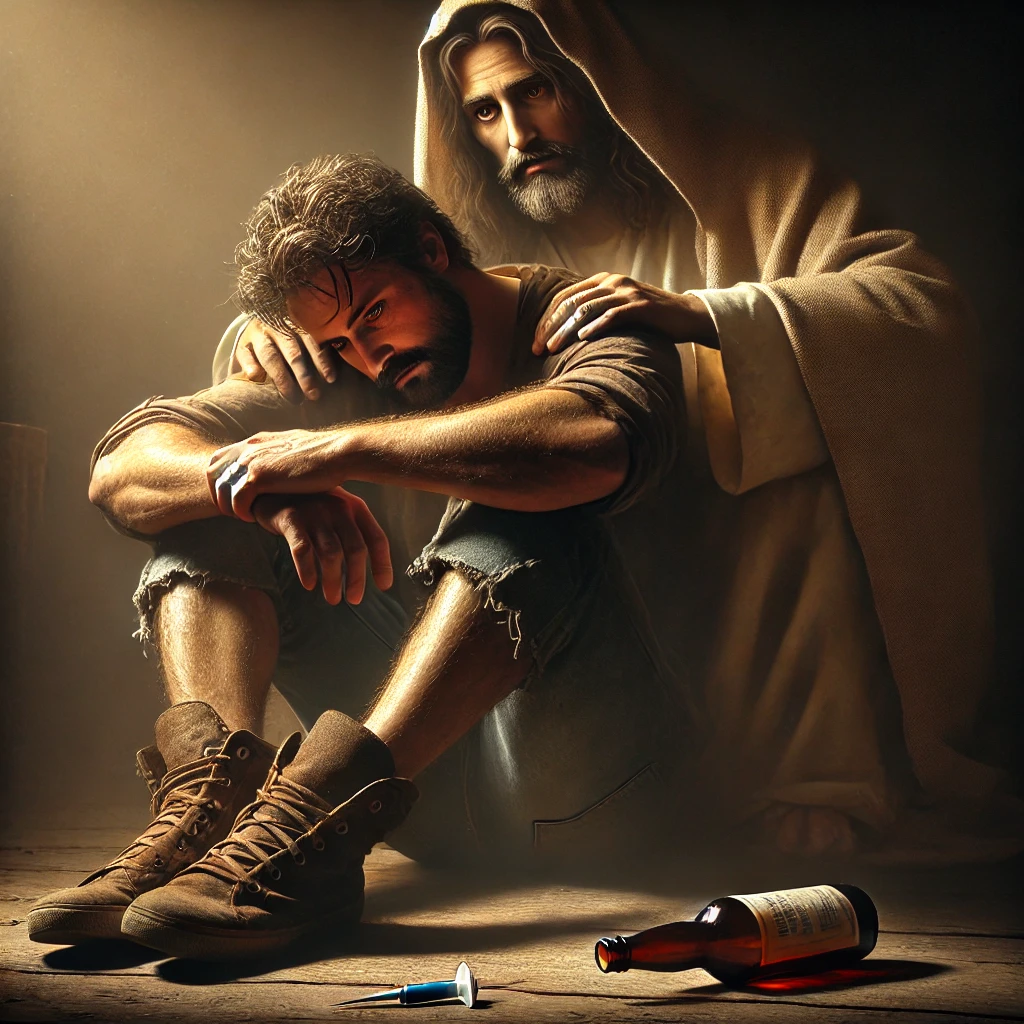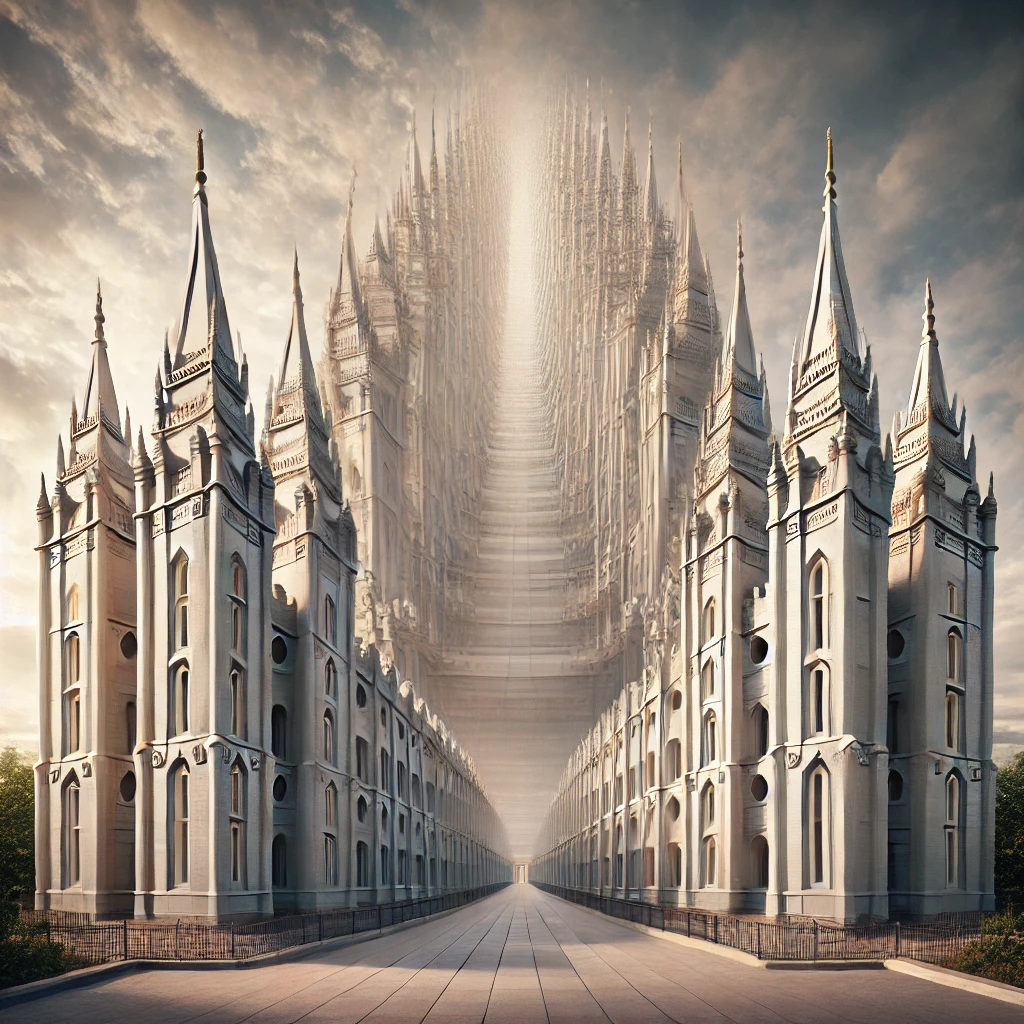Year: 2024
-
Book Review: To Stop a Slaughter: Just War and the Book of Mormon by Morgan Deane
Among “amateur” LDS scholars (however you want to define that), Morgan Deane is, in my estimation, unfairly overlooked. While his specialty – military history – is something of a niche (though it shouldn’t be), it readily works with the Book of Mormon, especially with the accounts of wars. Part of the issue, methinks, is that…
-
On Marion D. Hanks
Marion D. Hanks is one of the most influential general authorities who never served in the Quorum of the Twelve or First Presidency. Today he is best known for his hymn, “That Easter Morn”, his advocating for Christlike service, and the support he lent to Black members of the Church in the years leading up…
-

My AI Generated Podcasts on the Bear Lake Monster and the Great Apostasy, And Other AI News
Apologies for doing another one of these so soon after the other one, but when it rains it pours. Since I last posted OpenAI released “advanced voice mode” to all plus subscribers. What this means is that the lag we’re used to when talking to AI is now gone, and now it is indiscernible from…
-
Cutting-Edge Latter-day Saint Research, September 2024
I don’t usually respond to articles that I dislike, generally just letting them talk for themselves, but the Miller and Dunn chapter promotes the myth of “soaking,” which is supposedly a chastity loophole that I discuss here. They reference a college newspaper which cites TikTok, so still no real evidence that soaking is a thing.
-
Thoughts on the Second Wave of New Hymns
The Church recently released a new batch of hymns for the new Latter-day Saint hymnbook. I feel like some of my predictions are paying off with the new round of hymns. Back in 2018, I called it that “This is the Christ,” “Come, Lord Jesus, Come,” and “Amazing Grace,” would likely be added. (I could…
-
Historical Narratives and the Pharisees
Growing up in the Church, I repeatedly heard stories where missionaries encountered people who had been reading anti-Mormon literature and told them that “you wouldn’t decide on which car to buy by reading only the stuff put out by a company’s competitors – you would also read what the company that produced the car has…
-
Open Canon: Scriptures of the Latter Day Saint Tradition, a Review
Open Canon: Scriptures of the Latter Day Saint Tradition, edited by Christine Elyse Blythe, Christopher James Blythe, and Jay Burton is a book that I loved reading. It is an anthology of essays focusing on the documents created and used as scripture in the broader tradition of religions that trace their roots to the early…
-
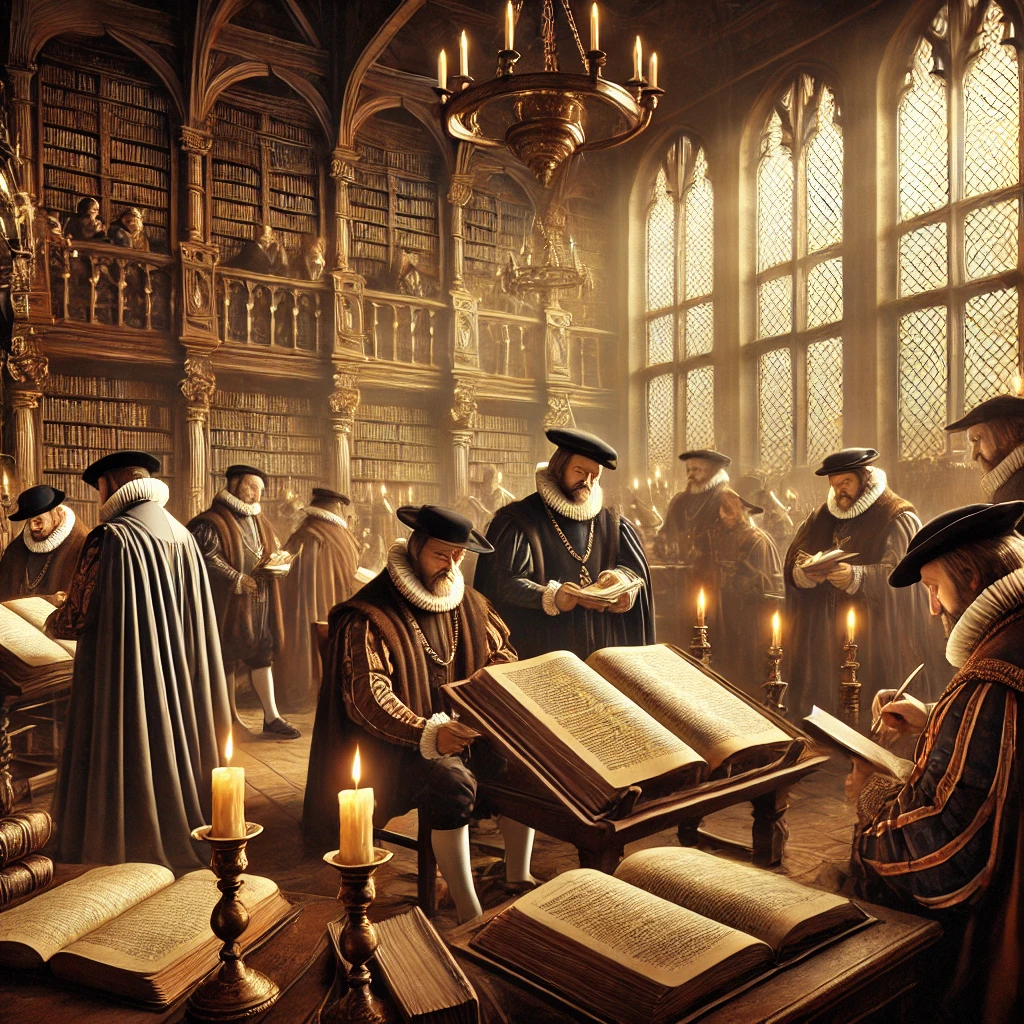
Why the King James Version is the Best Bible Translation
As a TBM there are a surprising number of issues dealing with religion where I have some agreement with Richard Dawkins, and one of them is that the King James Version is the best version of the Bible. When I say “best,” I don’t mean “most accurately conveys the oldest documents.” I know there are…
-
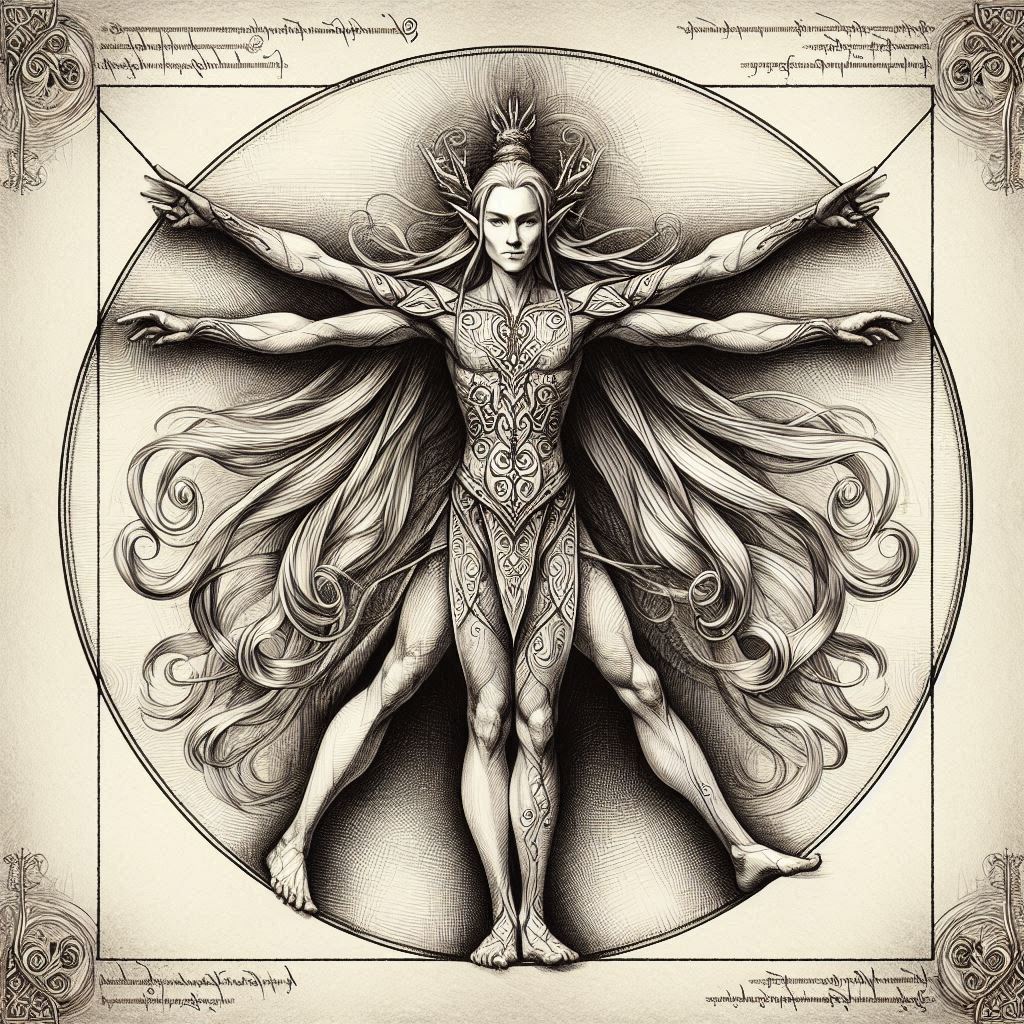
J.R.R. Tolkien and the Resurrection
J.R.R. Tolkien had an enormous impact on my teenage years. I read Lord of the Rings by the time I was eleven and loved it enough to reread it each year for the next few years. By the time I was thirteen, the Silmarillion was my favorite book and my mom was bringing home the…
-
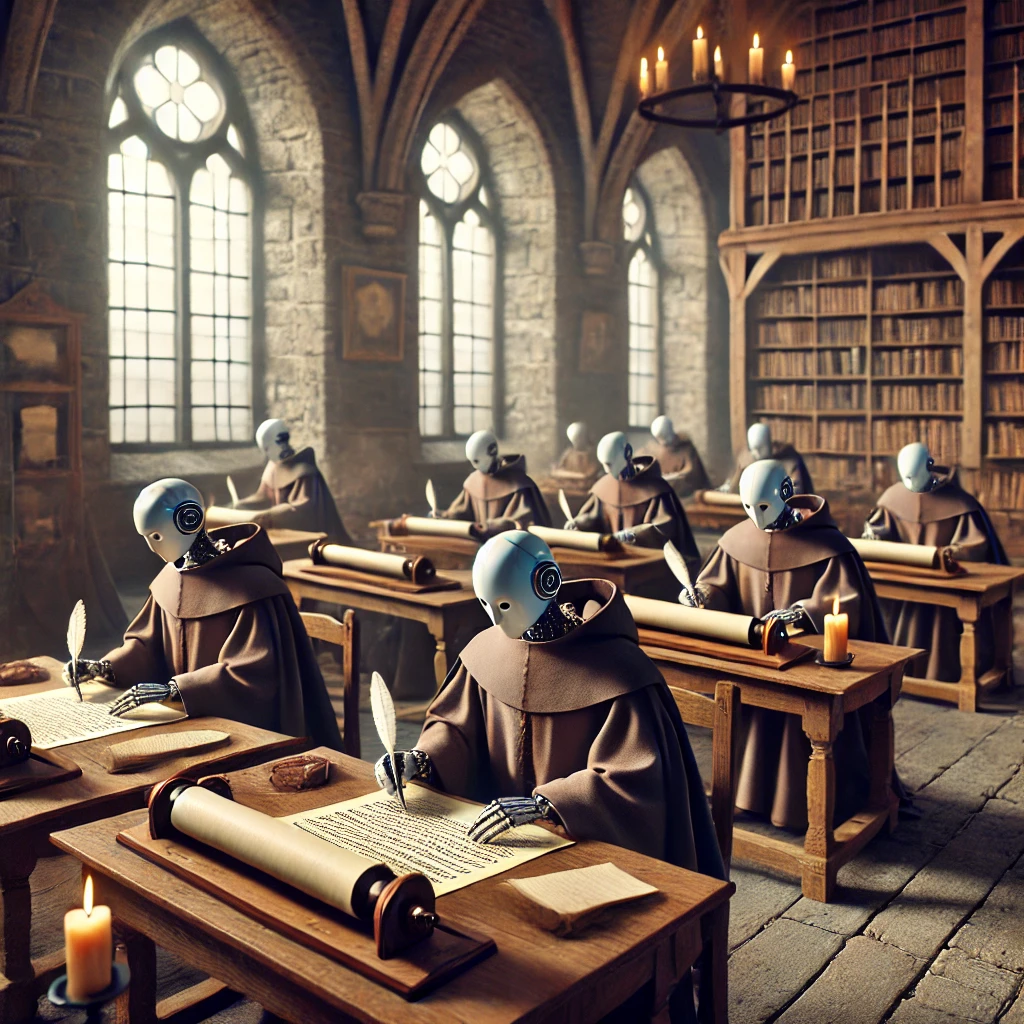
Recent AI Developments and Their Implications
A few days ago OpenAI released its much-rumored “Strawberry” system titled Chat-GPT4o1. While previous LLMs can provide an impressive writing at, say, the undergraduate level (especially if prompted well), the new system can “think” and plan better for technical concepts, and it can now answer scientific, technical questions more accurately than a PhD in that…
-
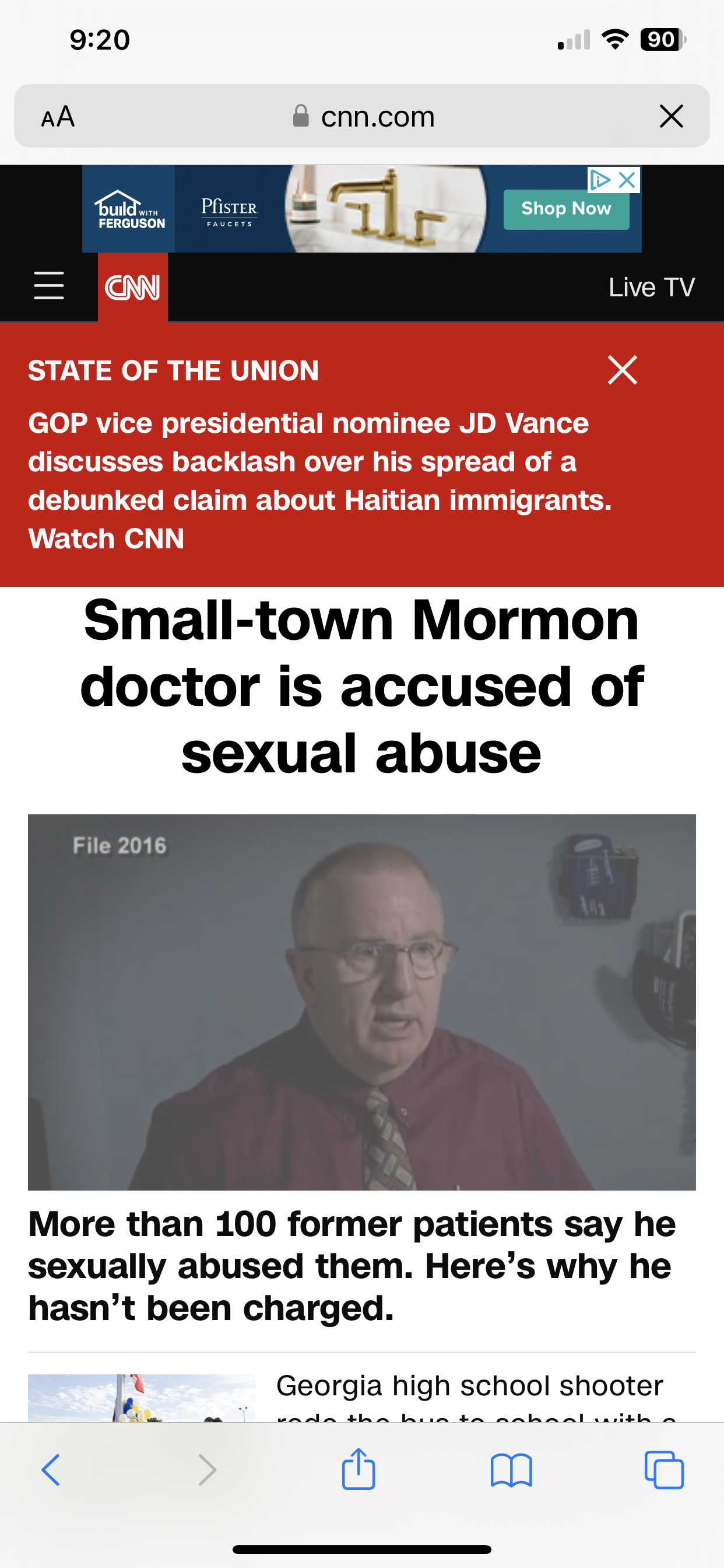
CNN Doesn’t Even Have to Dog Whistle With Us
This morning this headline was prominently displayed at the top of the page of CNN (on the mobile version, the Internet version was much more tame to their credit). The version I snapshotted above is newer, the original version had “Mormon” prominently displayed in both the title and the subheading. (It originally said something…
-
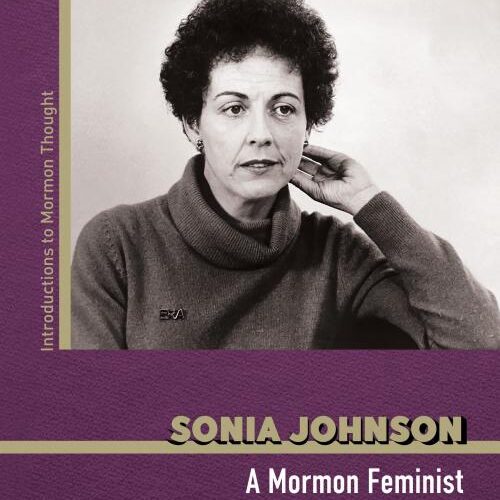
Sonia Johnson: A Mormon Feminist, a Review
Sonia Johnson: A Mormon Feminist by Christine Talbot is a provocative and insightful entry in University of Illinois Press’s Introductions to Mormon Thought series.
-
Proto New Mormon History
The “New Mormon History” was an era when Latter-day Saint historians began to rely on the techniques of modern academic and professional historians in their approach to research and writing about the Church. Leonard J. Arrington is, in many ways, the face of this movement and was given the moniker of “the Father of Mormon…
-
Russell M. Nelson: 100 Years Old
Today marks the 100th anniversary of President Russel M. Nelson’s birth. Celebrations in Utah are abounding to mark this milestone—the first time The Church of Jesus Christ of Latter-day Saints has had a Centenarian at its helm. For example, Utah Governor Spencer J. Cox declared the day as “President Russell M. Nelson Day” in the…
-
Top Mormon Studies Amateurs
Mormon Studies is relatively open-minded when it comes to accepting the contributions of amateurs. Here I am defining amateurs as people who are not employed by academia as their main gig, whether or not they have a graduate degree–some do, some don’t; also, here I am defining “Mormon Studies” broadly, as any original research endeavor…
-
Secret Covenants: A Review
It seems that there is always more to discover and discuss about Joseph Smith’s introduction of plural marriage into the church. Secret Covenants: New Insights on Early Mormon Polygamy, edited by Cheryl L. Bruno is going to be a landmark in those discussions moving forward.
-
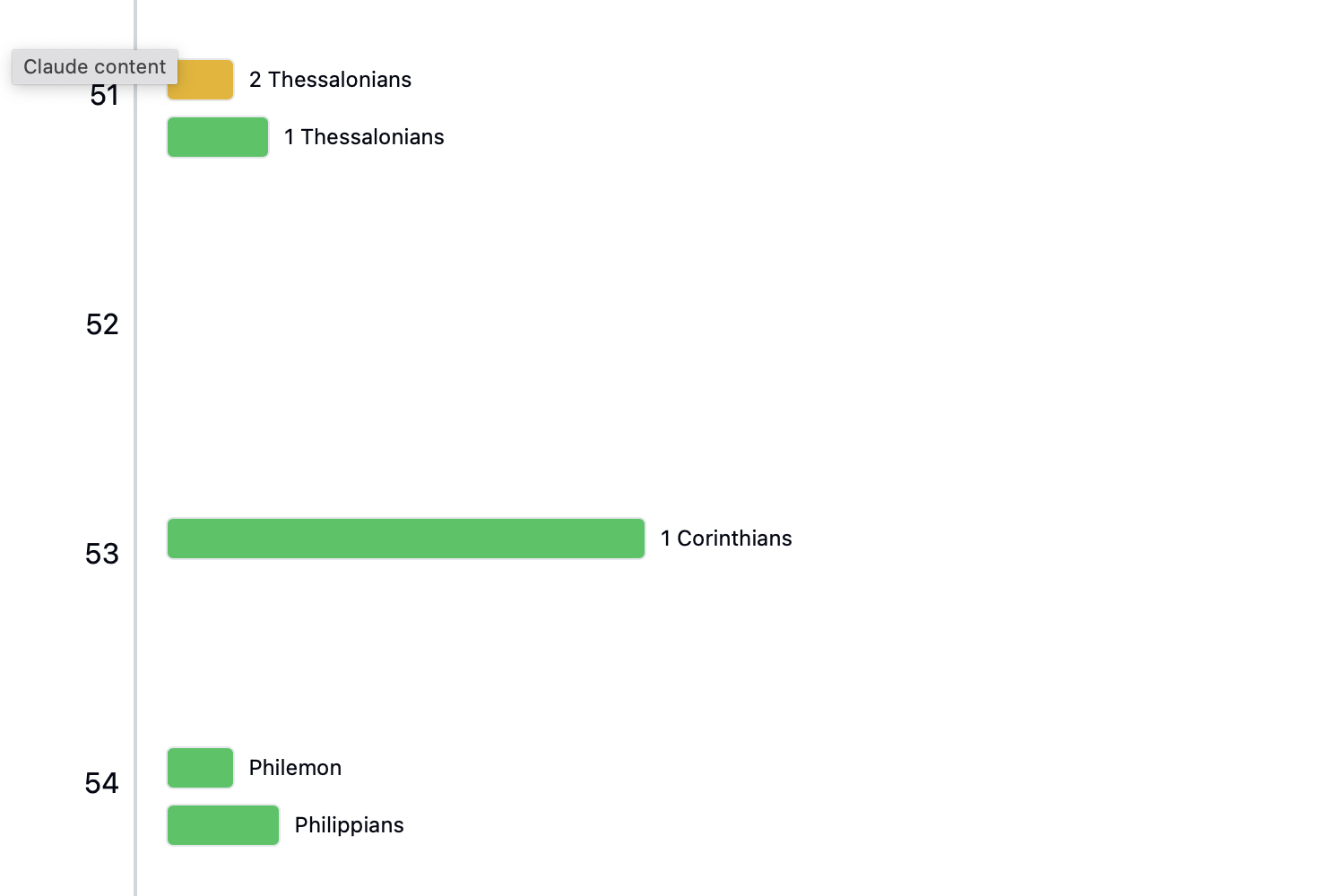
Data Visualization of New Testament Books by Size, Time Since Christ, and Authenticity
A part of the graph, the link below has the whole thing. Of the big AI players, Anthropic’s Claude is quite good at making diagrams, so I used it to generate an infographic I’ve always wanted to see, something that conveys in one visual how far away from Christ a book in the NT was…
-
Cutting-Edge Latter-day Saint Research, August 2024
Latter-day Saint missionaries helped bring basketball to Scotland, who’d have thought? (Actually, there’s probably a paper waiting to be written on all the ways that missionaries helped disseminate basketball, including famously helping coach the German basketball team in the 1936 Berlin Olympics). Also, the latest (maybe last? He’s getting old) publication by Richard Bushman. And…
-
On Premortality and the Priesthood and Temple Ban
When I was a priest, the adult advisor was excited to teach us a lesson about the premortal existence. He bounded up, grinning from ear to ear as usual, and said “I’ve been doing lots of reading, and I have some great stuff to share,” and he did. For the most part, it was an…
-
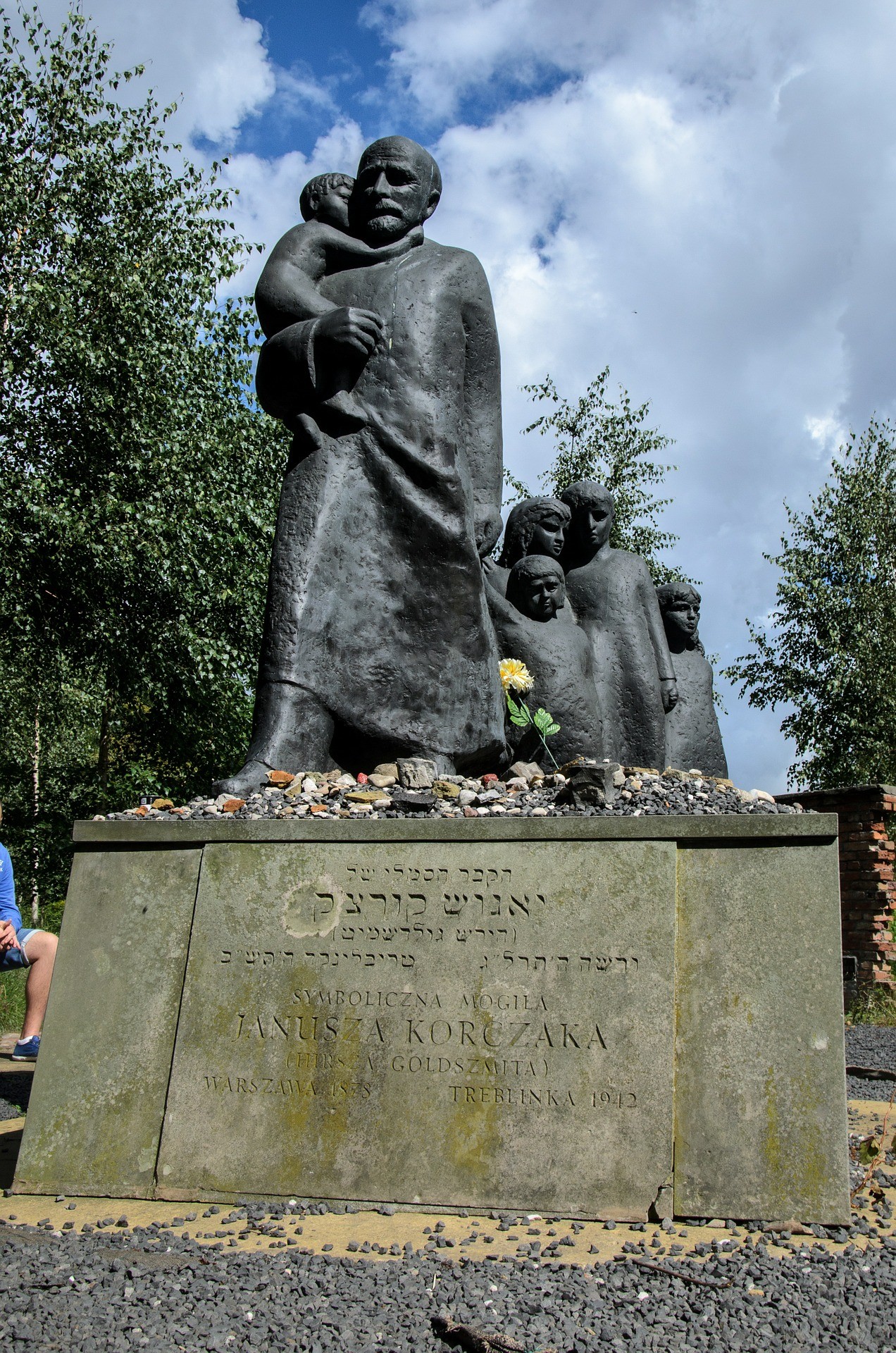
Latter-day Saint Book Discussion: “A Light in the Darkness: Janusz Korczak, His Orphans, and the Holocaust”
Monument in Warsaw to Janusz Korczak’s “Last Walk” as he accompanied his orphans to the Treblinka trains. Janusz Korczak is a remarkable figure that is surprisingly almost unknown in the United States despite being quite famous in Europe. A children’s author and pedagogue, his books, particularly King Matt the First about a child who becomes…
-
The Kirtland Temple Endowment
In modern Latter-day Saint terminology, the Endowment is a specific ordinance performed in temples around the world. In the first temple to be constructed by church members (the House of the Lord in Kirtland), however, the term has a somewhat different meaning. In a recent interview at the Latter-day Saint history blog From the Desk,…
-
Five stories about the time God told me to run a marathon
1. …and all I got was a finisher’s medal Saying that God told me to run a marathon is a provocative formulation, but not inaccurate.
-
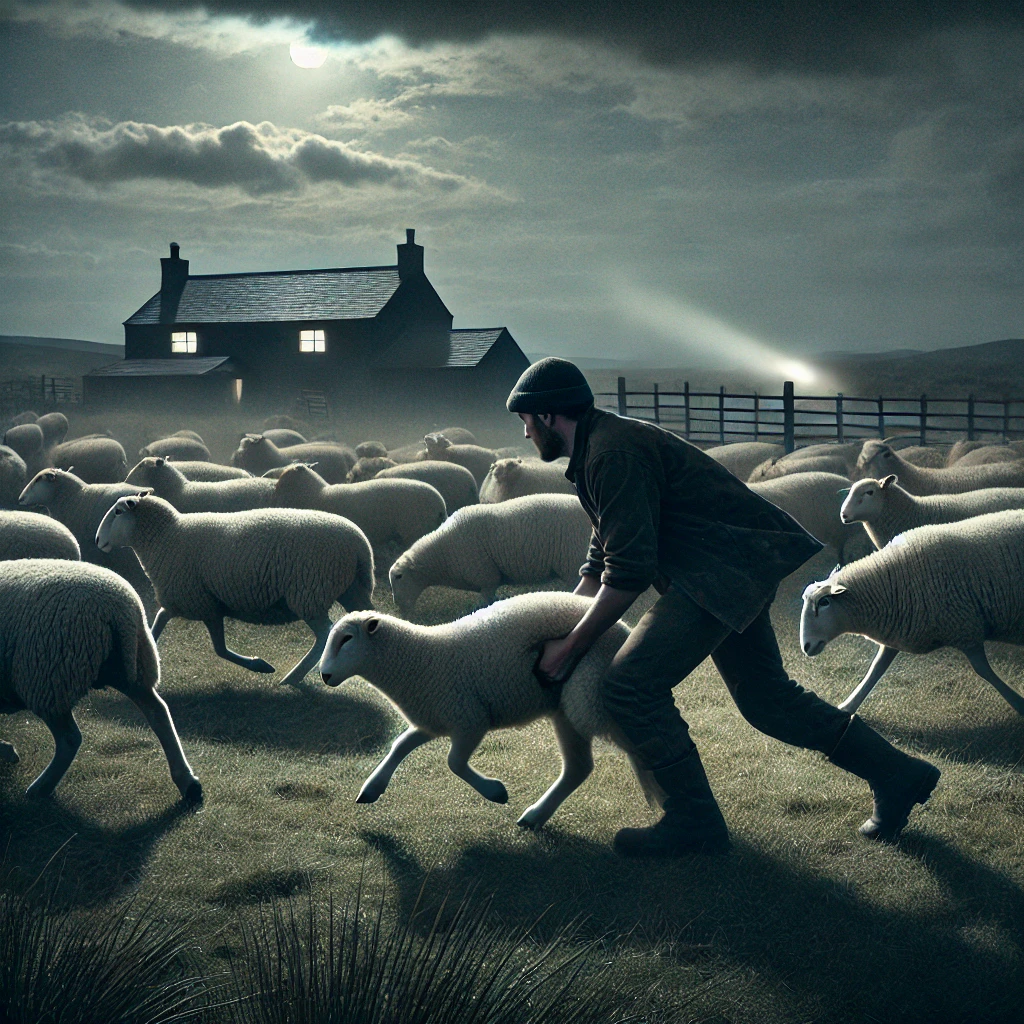
Apologetics and the Sheep Stealing Model
A few days ago Latter-day Saint apologist Jacob Hansen of A Thoughtful Faith had a debate with noted Catholic apologist of Pints with Aquinas fame Trent Horn that has been garnering some attention. At the outset, I love these sorts of things. A respectful but straightforward debate about contrasting religious views can help both…
-
Review: Bruce R. McConkie: Apostle and Polemicist, 1915–1985
Bruce R. McConkie: Apostle and Polemicist, 1915–1985 by Devery S. Anderson is the latest entry in Signature Books’ Brief Mormon Lives project. As has been the case with other books in the series, this one is a short biography of an individual of note in The Church of Jesus Christ of Latter-day Saints and is…
-
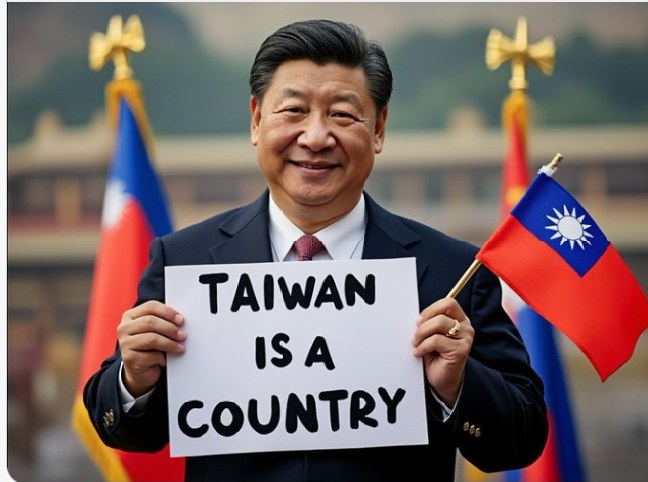
AI Censorship and Sacred Cows
In the AI world there is a debate swirling about how much AI providers should censor their image generation. Of course there are plenty of things to mock in past attempts to censor or otherwise put a thumb on the scale of AI to be more socially appropriate. Exhibit A of course were the racially…
-
An Abbreviated Journal of Discourses
While Bruce R. McConkie’s controversial Mormon Doctrine is famous in Latter-day Saint circles, it wasn’t his first controversial project. Prior to that time, he worked on preparing a “best-of” collection from the Journal of Discourses that was known as Sound Doctrine. The project was close to publication when the First Presidency intervened and shut it…
-
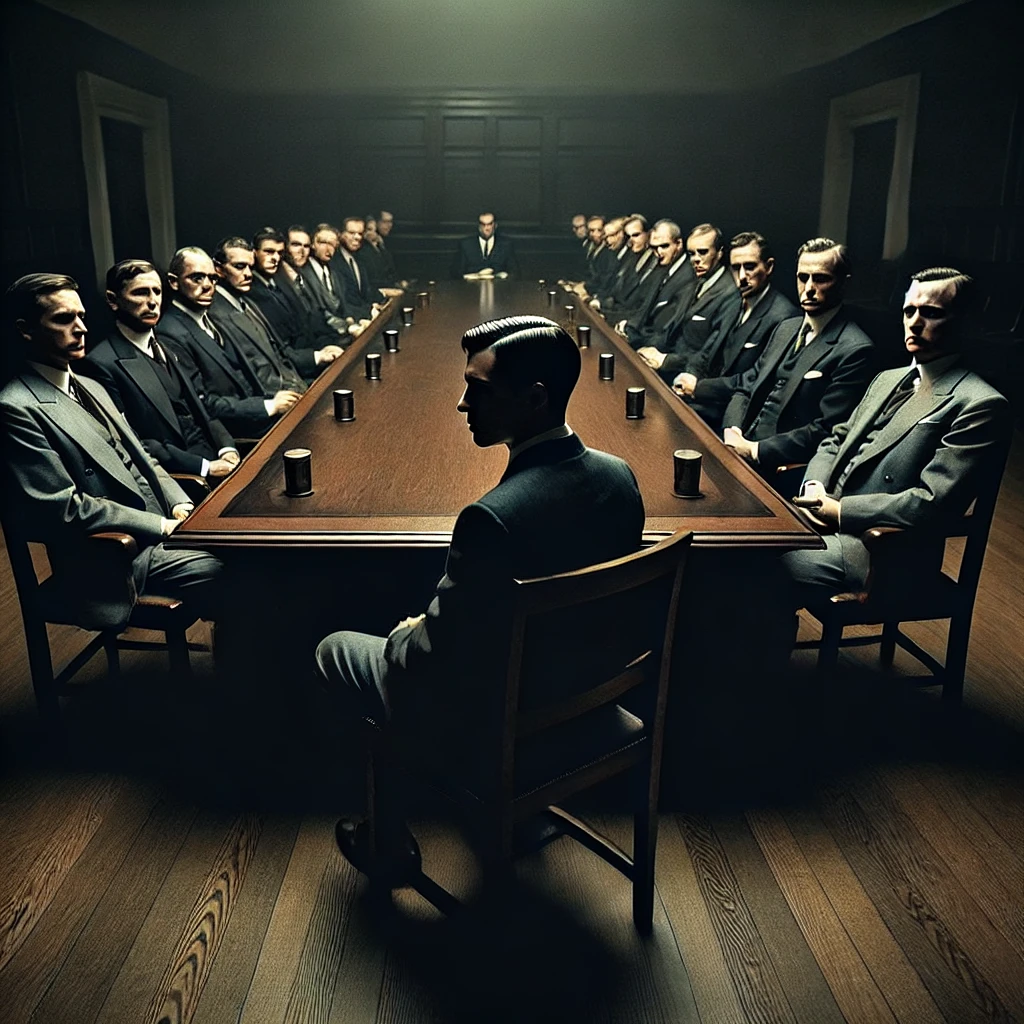
Is Anybody Excommunicated Anymore?
I assume they aren’t actually this dour, but what some people envision a disciplinary council looks like. Here I’m not addressing the normative question of whether we should excommunicate, I have already said my piece about that here. A while ago I was speaking to my stake president and made some humorous quip about him…
-
A Review: Unique But Not Different
Unique But Not Different: Latter-day Saints in Japan by Shinji Takagi, Conan Grames, and Meagan Rainock is a fascinating glimpse into the world of Japanese Latter-day Saints. The book is based on a comprehensive survey data, which it explores to examine the diverse social, political, and ideological backgrounds of Japanese Latter-day Saints. Over the course…

